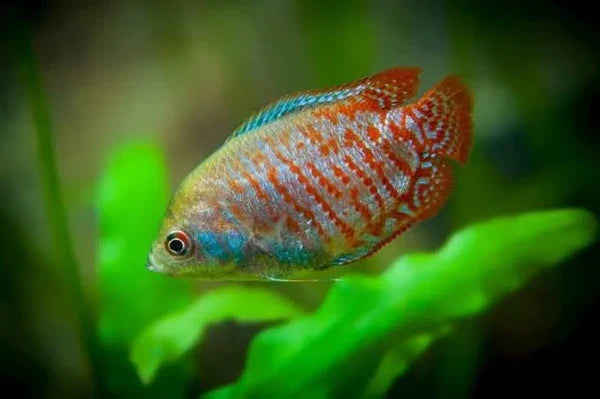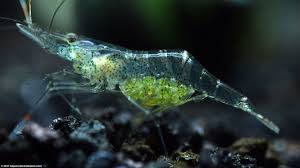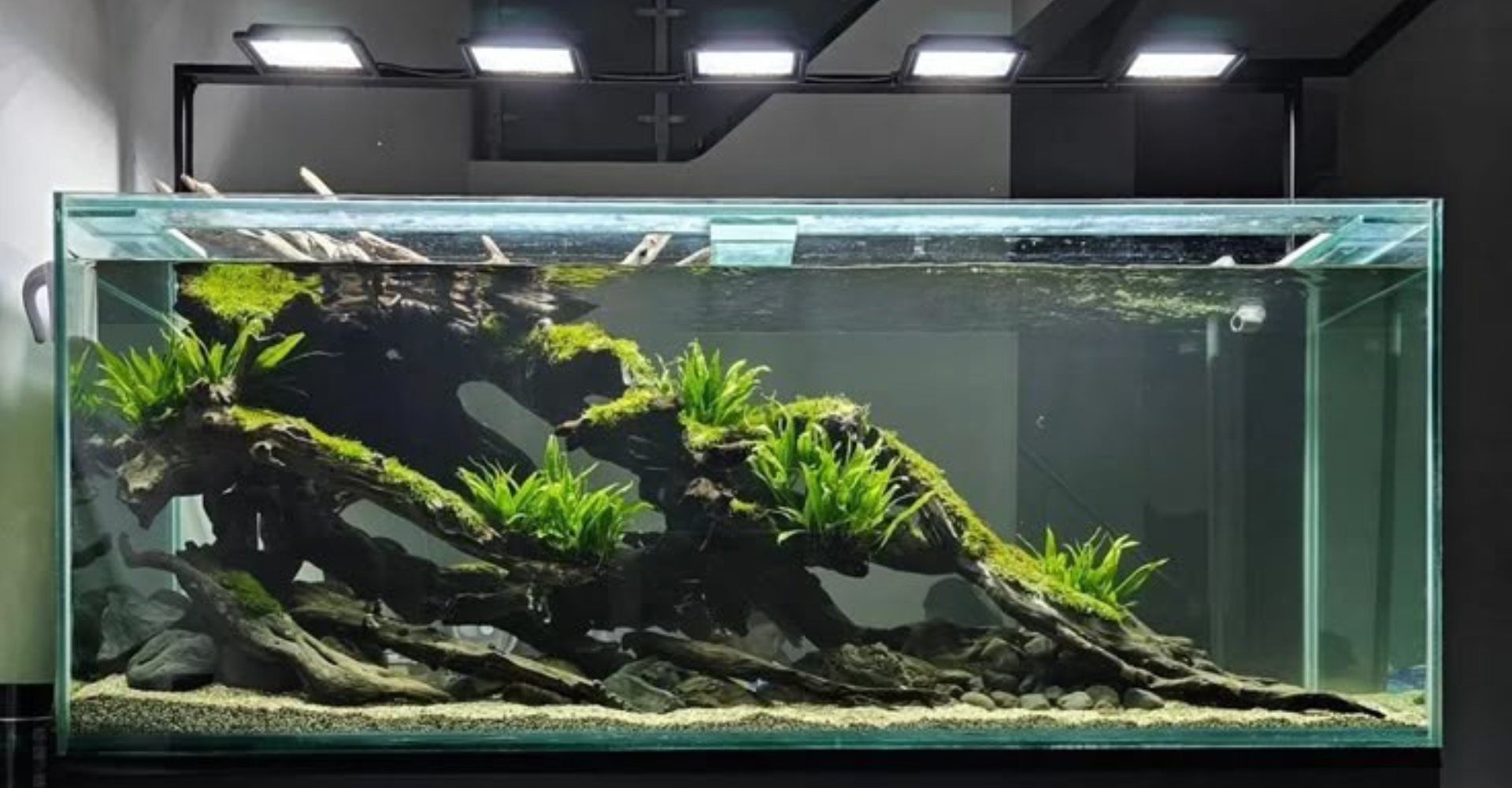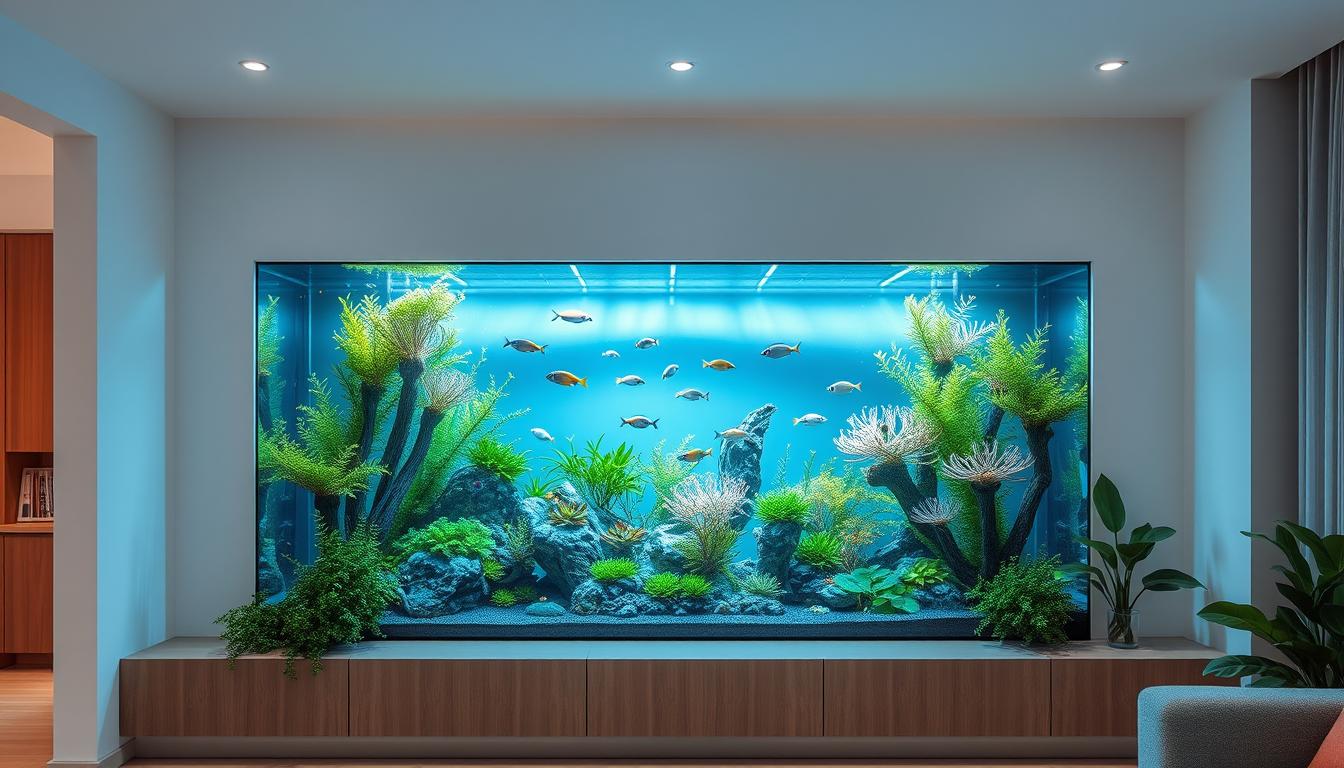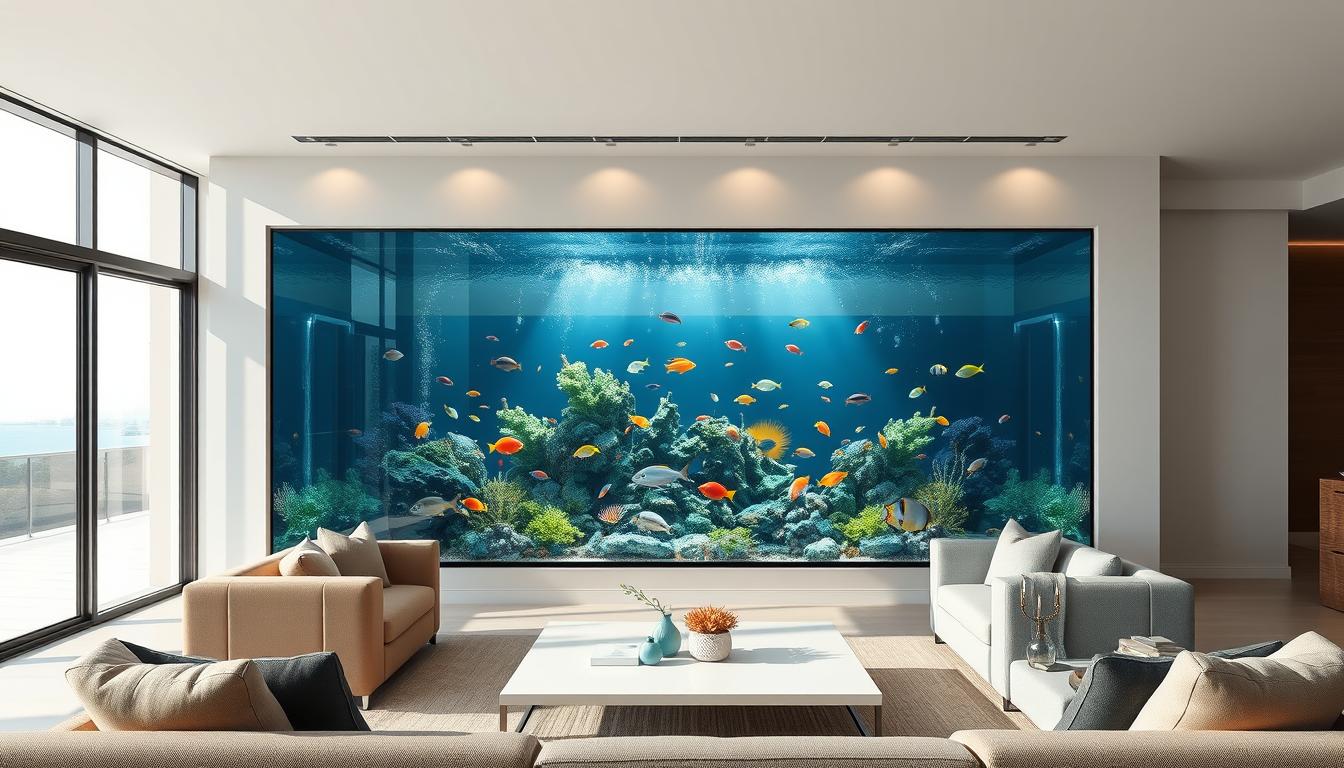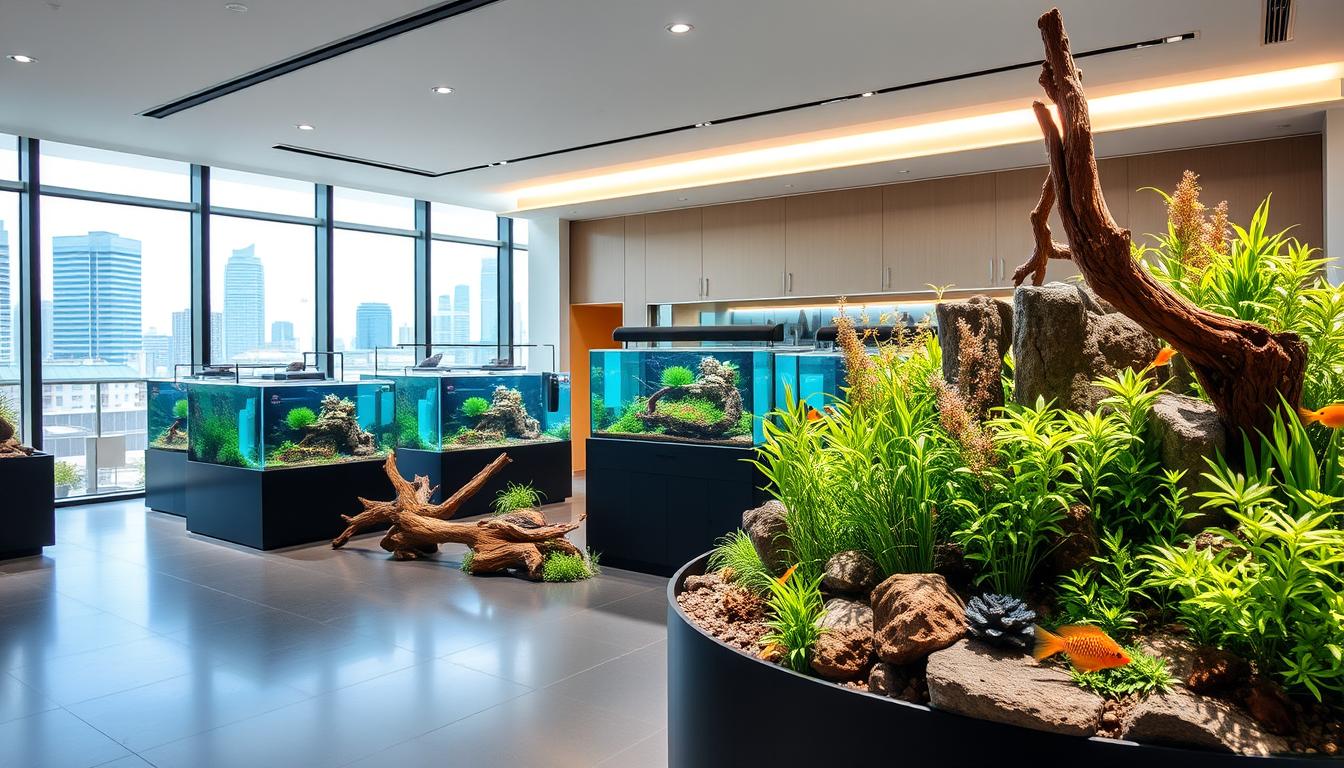The "Tiger" is in charge of cleaning the tank
The L397 pleco, commonly known as the Alenquer Tiger Pleco, is a suckling catfish native to the Amazon basin in Brazil. However, the body is quite modest, with a maximum length of about 5 inches and a highly unique orange and black coloration. It is a peaceful fish that gets along with most other aquarium species.
The L397 pleco is nocturnal and active at night. It dwells on the lake's bottom and eats on it as well. L397 Pleco is a herbivore that feeds on algae, plants, and wood. All you need to do in the evening is provide a lot of food. This will give this L397 guy more "interest," and you will be able to enjoy gazing at them at the same time. As a result, L397 Pleco is a healthy fish that is relatively simple to care for. Despite its small size, this Pleco requires a sufficient amount of room and must maintain a high degree of water quality in the aquarium. It's quite intriguing, isn't it?

What distinguishes this Glass Cleaner from others?
About appearance:
-
Black with orange stripes, stunning and eye-catching
-
Males have larger heads and more pectoral fin rays than females
-
Small bodies should not frighten or endanger the other fish in the aquarium
And anything elses:
-
Likes to live and breed in wood and tree caves and crevices
-
Excellent color, compact body
-
Scientific name: Panaqolus sp. L397
-
Origin: Amazon River Basin, Brazil
-
Maximum size: 5 inches
-
Color: Orange and black
-
Personality: peaceful
-
Diet: Herbivores
-
Tank Size: 30 gallons or more
-
Water parameters: pH 6.0-7.5
There are over 150 species of Plecos, ranging in size from a few inches to several feet in length. The most common species of plecostomus kept in aquariums is the common pleco (Hypostomus plecostomus), which can grow up to 2 feet long. Other popular species of plecostomus include the bristlenose pleco (Ancistrus), the rubberlip pleco (Pterygoplichthys gibbiceps), and the clown pleco (Panaque nigrolineatus).

Tip for you a quick solution:
-
Blow air into the tank or add air bubbles.
-
Plant extra ornamental plants on the aquarium's bottom to help provide more oxygen and a natural environment outside.
Here:
https://microaquaticshop.com.au/products/anubias-nana-mini-driftwood
-
It is known as "Tiger" in the aquarium and is also a Assistant cleaner.
Is there any advantage to breeding L397 Pleco fish?
Do You believe a "assistant" to clean the Aquarium?
L397 Pleco fish can clean the aquarium glass extremely effectively since it consumes algae, moss on the lake's surface and bottom, wood debris from trees, and is ready to clean from the beginning to the end of the aquarium.
Here are some additional facts about L397 Pleco:
- L397 Pleco urnal, meaning they are most active at night.
- L397 Pleco are able to breathe air, which allows them to survive in low-oxygen environments.
- The lights in the lake are just enough to keep the fish calm when they first arrive in your ecosystem.
- L397 Pleco, in particular, is fond of trees and small logs since they constantly desire a safe place to reside.
You will also reap the benefits of keeping Pleco fish:
-
Algae control: • L397 Pleco fish is an excellent algae eater. If you have an aquarium, adding Pleco fish to the tank will assist efficiently control algae.
-
Maintains water quality: In addition to cultivating aquatic plants, having a Pleco will help you reduce waste and dangerous compounds in your aquarium. Aids in the purification of the moss that has clung to the sides and bottom of the aquarium.
-
Increase the aesthetics of the aquarium: Pleco fish have a lovely shape like a little Dragon with a majestic standing fin and can change color depending on the environment. Make the aquarium room more beautiful.
-
Environment adaptable: Pleco fish is an easy fish to keep, and with the task of eating toxic algae in the Aquarium, it can live with the temperature in the Aquarium ranging from 25-28 degrees Fahrenheit, and a water environment with plenty of oxygen, clean pipes, and fewer plastic pipes is advantageous.

Plecostomus's Childhood?
-
Eggs: L397 plecos lay their eggs in a cave or under a rock. The eggs are fertilized by the male pleco, and they hatch after about a week.
-
Fry: The fry are very small when they hatch, and they are about the size of a grain of rice. They are very vulnerable to predators, and they spend their first few weeks of life hiding in the plants and debris in the river.
-
Juveniles: As the fry grow, they become more independent and begin to explore their surroundings. They begin to eat algae and other small organisms.
-
Adults: L397 plecos can grow up to 5 inches long and they can live up to 15 years in captivity. They are an aquarium fish with a gentle nature and the ability to help keep the Aquarium clean
Come to the Shop to see an L397 Pleco at a great deal, but before, take a look at the L397 Pleco here:

What are the strengths of L397 Pleco?
-
Hardiness: L397 plecos are hardy fish that can tolerate a wide range of water conditions. This makes them a good choice for beginners who may not have the most experience with aquarium care.
-
Ease of care: L397 plecos are relatively easy to care for. They do not require a lot of space and can be fed a variety of foods. They are also not picky eaters and will eat algae, plant matter, and even fish flakes They are peaceful fish and they pose no danger to other fish in the aquarium.
-
L397 plecos are recognized for their striking orange and black colors. They have the ability to add a peculiar, amazing, and cool beauty
-
L397 pleco is a friendly fish that gets along well with most other aquarium fish. They're also not aggressive and won't bother the other fish in the tank.
-
L397 pleco are algae eaters who will assist keep your aquarium clean by eating algae from the glass and plants.
-
The L397 pleco is an excellent choice for an aquarium fish that is healthy, easy to care for, and attractive.

